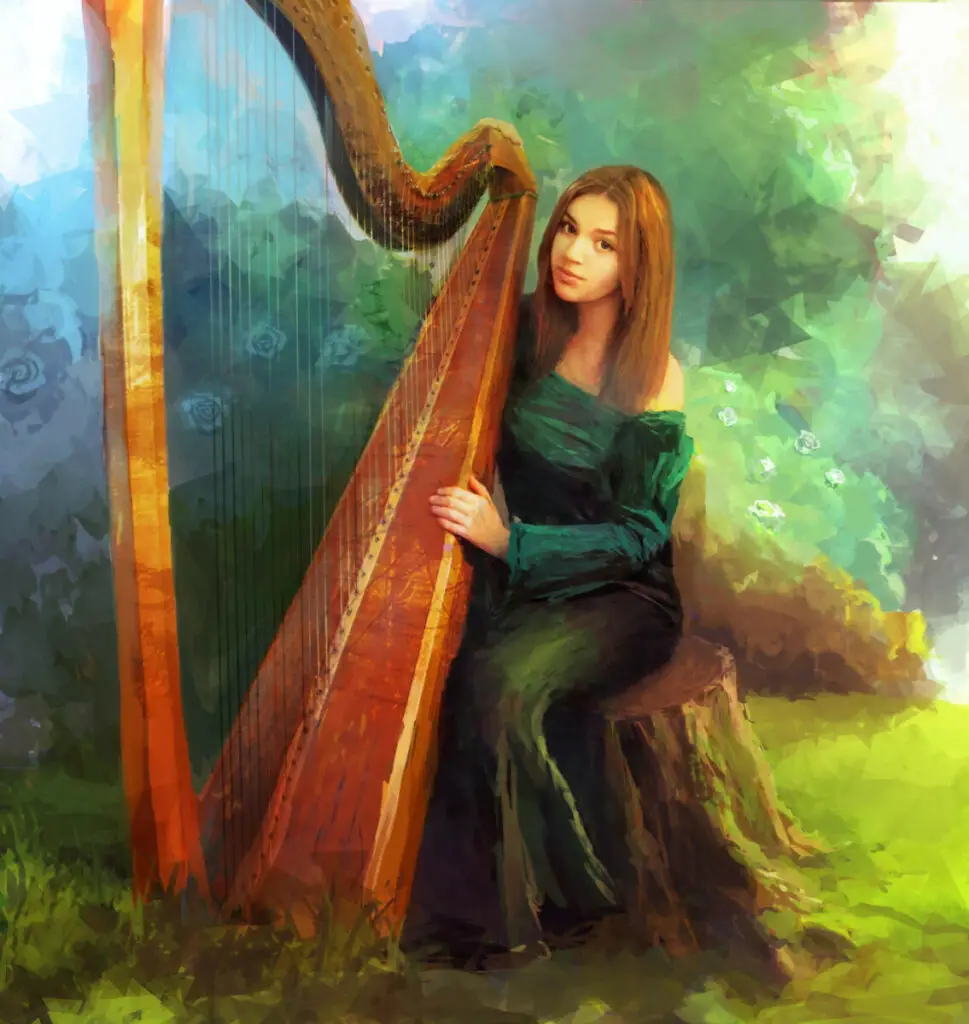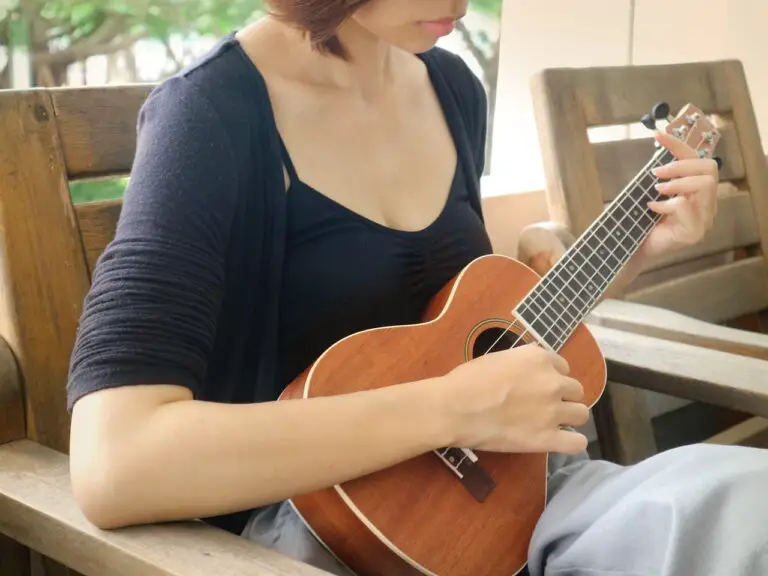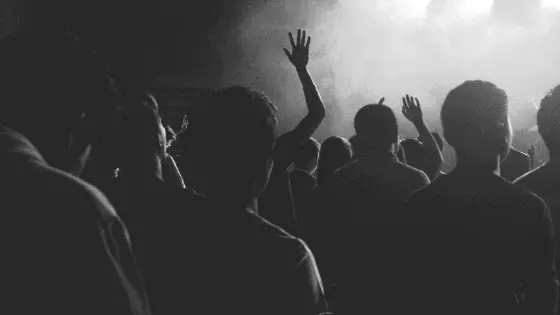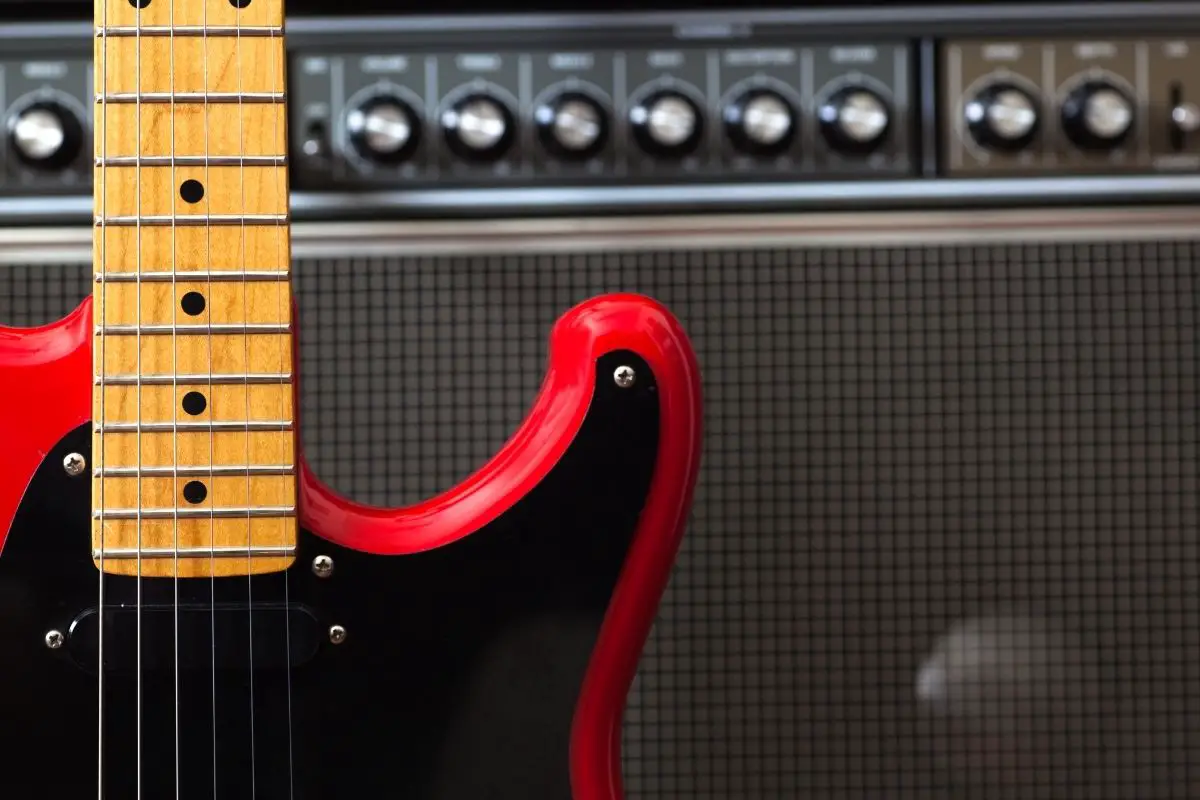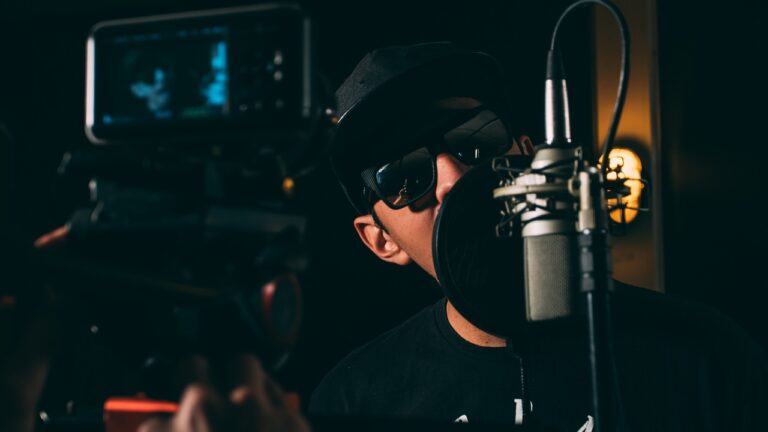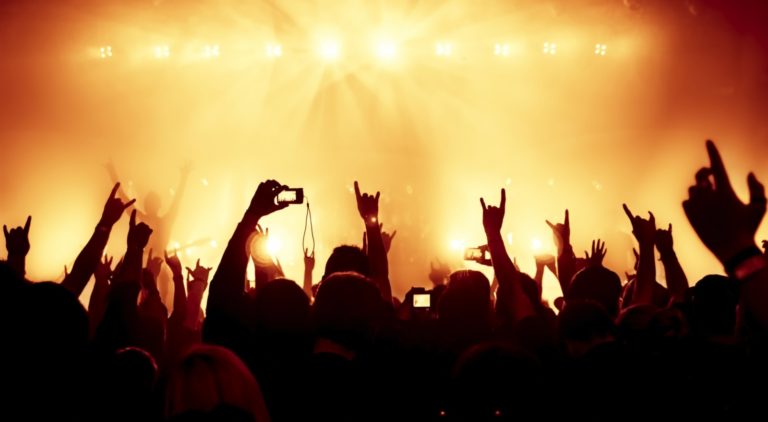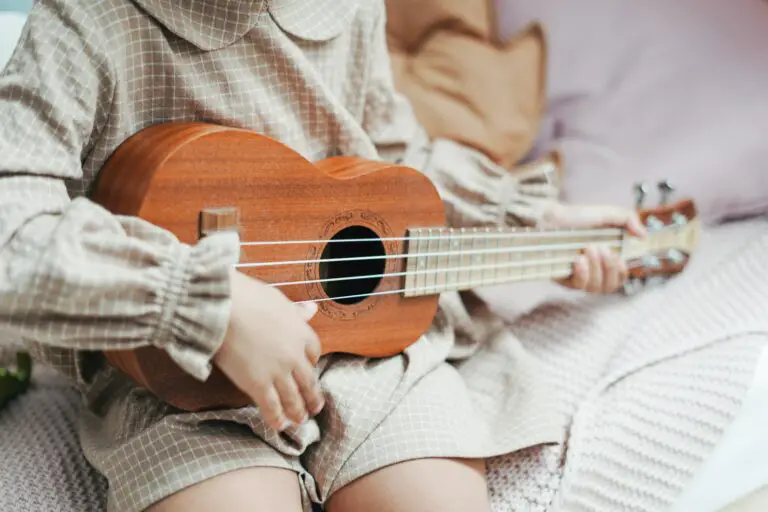Why are Harpists Generally Women?
It’s almost universally known that the harp is one of the most beautiful instruments in the world. However, have you ever noticed how harpists are typically female? Why is that the case?
The reason harpists are generally female originates from the 1800s. Falling under stereotypes and socio-norms, the harp and its association with beauty were also linked with the nature of women. Although this reasoning may have been lost over time, the gender ratio remains somewhat unbalanced today.
Take a walk into history and learn why harpists are generally women and what harps have been associated with.
Who Played The Harp?
Traditionally, the harp and women were associated with beauty in old Europe. Therefore, it was considered to be a very feminine instrument.
The harp was for the wealthy, but many rich men in old Europe didn’t want to learn to play this instrument. The harp is large and elaborate, meaning it takes up a lot of space. In most cases, a master must teach those who want to play the harp, as it is hard to learn how to play it yourself. This was especially the case in old Europe.
Most of the people who played the harp were wealthy women. A lady who learned how to play the harp was “stylish” and, in a way, a step above those who played the piano, a popular instrument that women often played at the time.
The Harp and Courtship
Although the harp did not originate in Europe, the ratio of women to men who played it did. The main purpose of the harp in 18th-century Europe was to teach women a skill that made them more desirable to men so they could get married quickly. In other words, a harp increased a woman’s odds of being courted.
In those days, it was improper for women to participate in many activities involving a skill or trade, but the harp was something admirable that they could learn to play to impress suitors. Examples of this can be seen in paintings and literature.
Jane Austen refers to the harp in Mansfield Park.
“A young woman, pretty, lively, with a harp as elegant as herself; and both placed near a window, cut down to the ground, and opening on a little lawn, surrounded in the rich foliage of summer, was enough to catch any man’s heart. The season, the scene, the air, were all favourable to tenderness and sentiment.”
– Jane austen, mansfield park
The mention of the harp in this quote, calling it as elegant as the young women of discussion, implies that the instrument makes her more desirable and attractive.
Back then, men didn’t need to be seen as beautiful or attractive to attract a wife. They needed to be seen as strong and rich, which couldn’t be achieved by playing the harp. This means that men didn’t often learn how to play the harp.
Progression Among Harpists
It is no longer the 18th century, and harps no longer serve the purpose of finding a husband. However, one thing that has not changed is that harps are beautiful instruments. There has been a shift in why people learn how to play the harp, and they are the same reasons why anyone knows how to play an instrument: to master a skill, to create music, to make a living, or to follow a passion.
When did this shift happen? As women gained more rights, they were seen less as objects and more as people who had value in the eyes of society. They didn’t need to show off their talents or learn how to play specific instruments to seem more beautiful and attract husbands.
Today, harpists can make careers out of their trade and become masters of their instruments. This is not easy to do. The field is incredibly intense and competitive. To say that those who decide to play professionally go on to become awe-inspiring musicians is an understatement. You can hire them to play at weddings, find them at jazz events, and hear them in orchestras. Many great soloists can be found in history books.
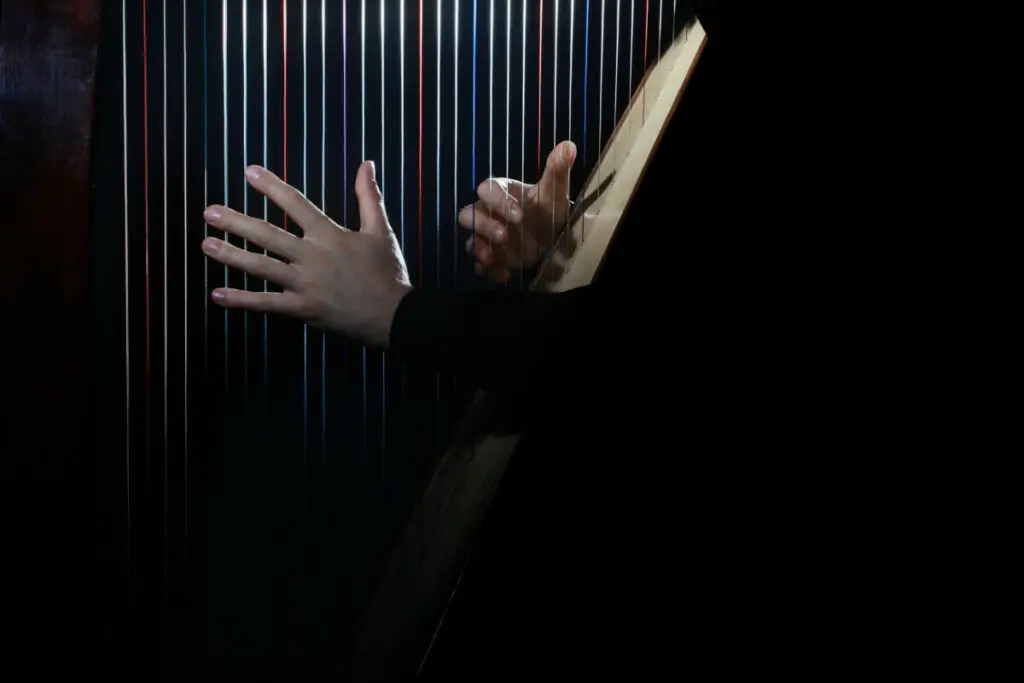
Is There Gender Bias in the Harp World Today?
On paper, anyone can be a harpist regardless of gender. However, women vastly outnumber the number of harpists of other genders. This is simply something that has been carried over from classic European history. The gender normalities run thick. Despite an ongoing movement to change social stereotypes, society associates the harp with femininity.
However, this is not to say that those who are not female can’t learn the harp! Harp lessons and instruments are available for everyone, so don’t be intimidated if female harpists surround you. Be happy because you will stand out. As mentioned earlier, the music community can be very competitive, so anything that makes you stand out is good!
Famous Harpists
There are plenty of well-known male and female harpists to look up to. Here are two that are pretty interesting.
Lavinia Meijer
Lavinia Meijer has become popular recently and is a soloist and a known artist on YouTube. Producing music and art through videos and solos, she simultaneously provides soft and soothing sounds and communicates inspirational visual messages.
Carlos Salzedo
Carlos Salzedo was one of the very early male harpists. He said he accidentally stumbled upon playing the harp, which is hard to believe because of his incredible skill level.
We are lucky to have recordings of such an early artist. Although this video only plays audio, it is easy to hear how quickly his fingers dance up and down the harp.
There are so many notable harpists to listen to and learn from. The harp is an ancient instrument with lots of historical background. Although most harpists are currently women, there are plenty of male harpists to admire.

